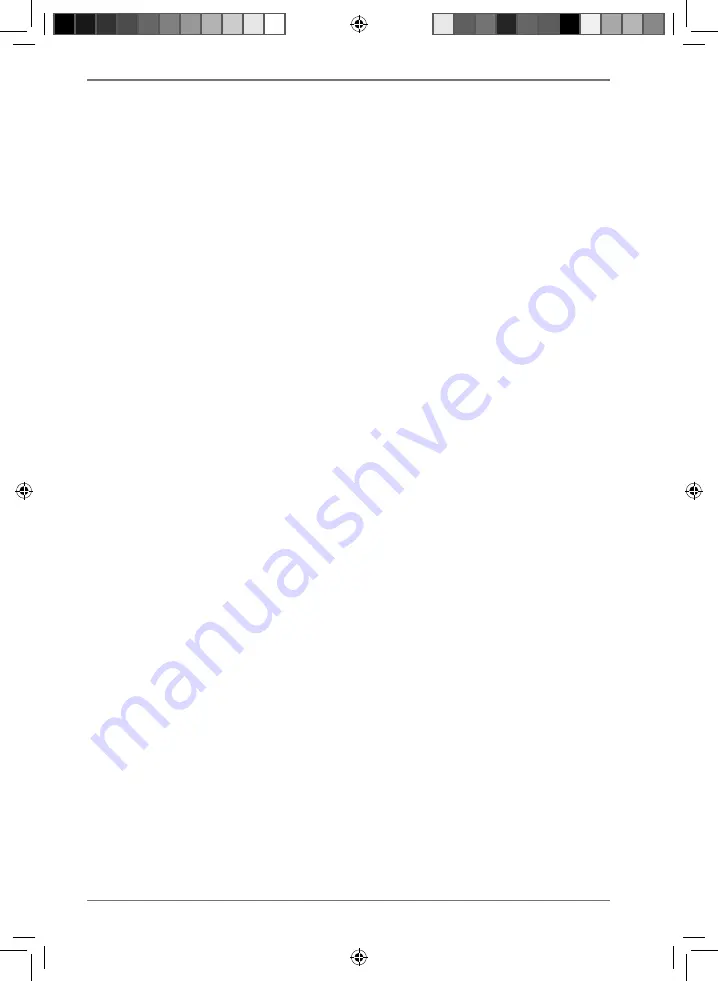
20
A digital audio output (SPDIF) may be connected using an optical or coaxial cable.
Plug an optical cable into the optical socket or a coaxial cable into the coaxial
socket.
Connect the other end of the cable to an audio device with a corresponding dig-
ital input.
4.6. Connecting a microphone*
Connect a microphone with a 3.5 mm mono jack plug to the marked socket on
the front of your PC.
Position the microphone so that it does not point directly at the speakers. This
prevents acoustic feedback (perceptible by a loud whistling).
4.7. Connecting audio input/ recording source*
This socket is used to connect external analogue audio sources (e.g. stereo system,
synthesizer).
Plug the connection cable with the 3.5 mm stereo jack plug into the light blue
socket on the rear or the PC.
4.8. Connecting a network ( LAN)
You can prepare your PC for network operation using the network socket.
A network cable usually has two RJ45 plugs meaning it does not matter which end
is plugged into which socket.
Plug one end of the network cable into the PC socket.
Connect the other end to another PC or a hub/switch.
For more information see the chapter “Network Operation”.
4.9. Connecting the power supply
Finally, connect the power supply for your PC and the monitor.
Only operate the PC from an earthed, easily accessible 100–240 V ~ 50/60 Hz
outlet. Contact the local energy supplier if you have any questions about the
power supply at the installation location.
Plug the mains cable into the socket and connect it to your PC’s power socket.
To completely disconnect the PC from the power supply, unplug the plug from
the outlet.
Only connect the device to a properly installed power outlet. The local mains
voltage must correspond to the technical specifications for the device.
34140 EN ALDI UK Content 2006 3872 RC1.indb 20
34140 EN ALDI UK Content 2006 3872 RC1.indb 20
14.03.2019 15:32:14
14.03.2019 15:32:14
















































